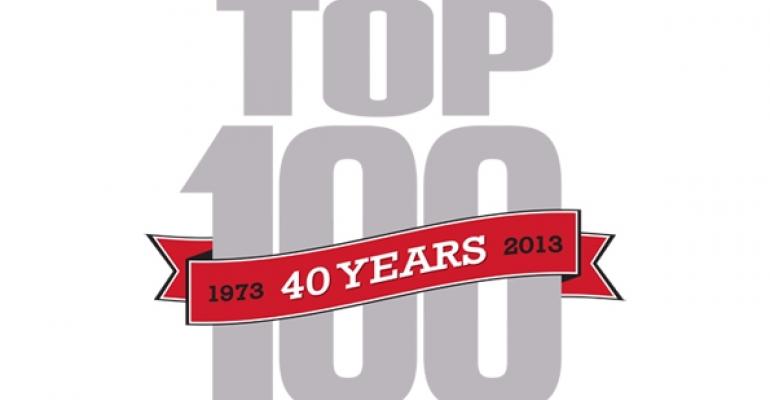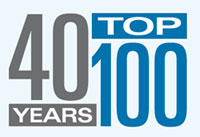 Achieving success in the restaurant industry is difficult, but maintaining it over time may be harder. The history of the business is littered with chains that blazed briefly and then faded away. Some of those, such as Burger Chef and Sambo's, had more than 1,000 outlets at one time. Today, you'd be hard pressed to find even one. Even cultural icons, like the orange-roofed Howard Johnson, largely disappeared, making chains such as McDonald's that have grown and prospered over the years even more remarkable.
Achieving success in the restaurant industry is difficult, but maintaining it over time may be harder. The history of the business is littered with chains that blazed briefly and then faded away. Some of those, such as Burger Chef and Sambo's, had more than 1,000 outlets at one time. Today, you'd be hard pressed to find even one. Even cultural icons, like the orange-roofed Howard Johnson, largely disappeared, making chains such as McDonald's that have grown and prospered over the years even more remarkable.
Burger Chef
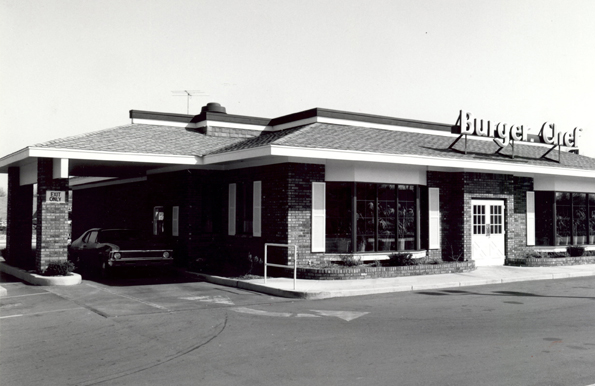
Once owned by General Foods, fast-feeder Burger Chef had more than 1,200 units at its peak. The chain was sold to Hardee’s parent, Imasco, and all units were either converted to other concepts or were shuttered.
Carrols
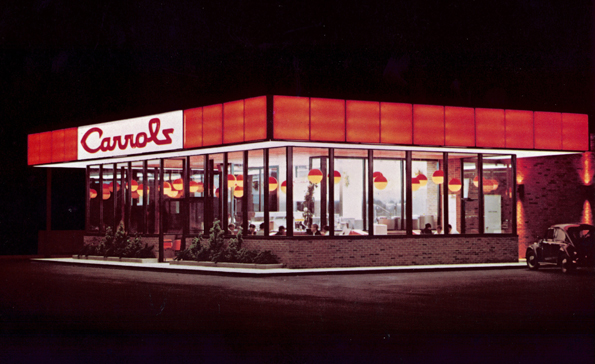
This proprietary quick-service brand competed with McDonald’s and Burger King head-on in the 1960s and early 1970s. In the mid-‘70s the Syracuse, N.Y.-based company became a Burger King franchisee, reflagging most of its hundred-plus units and closing others.
Chock Full o'Nuts and Howard Johnson
Chock Full o’Nuts
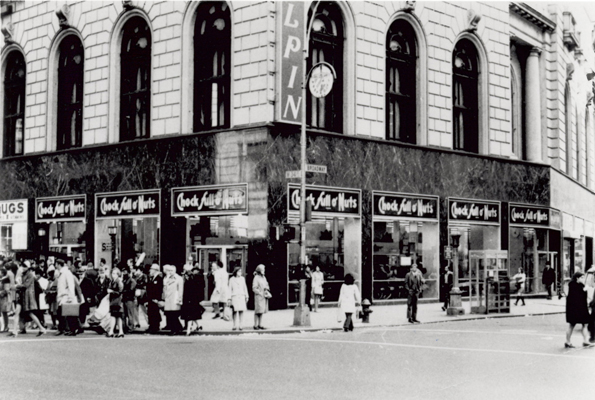
Still a major retail coffee brand, the restaurant chain once flourished with some 80 locations in the New York area, all of which have since closed. A unit opened in New York in 2010, but it didn’t last long.
Howard Johnson

At one time one of the largest restaurant and hotel chains in the country — the orange roof brand ranked fifth in terms of systemwide foodservice sales in 1973. After multiple management changes, only a couple of restaurant locations survive today.
Hungry Tiger and Lum's
Hungry Tiger
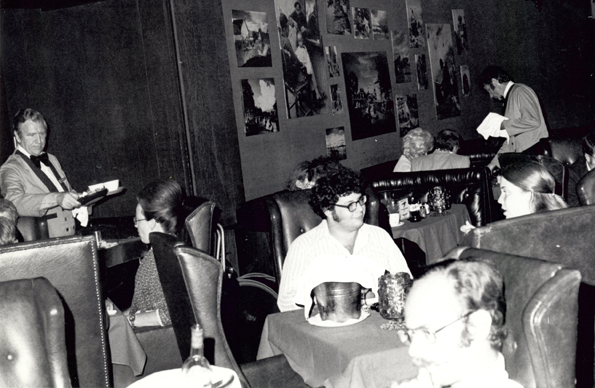
A chain of seafood restaurants located mostly in Southern California, Hungry Tiger at one time had more than 40 locations. Unable to compete with newcomers in the 1980s, the Hungry Tiger chain finally went out of business.
Lum’s
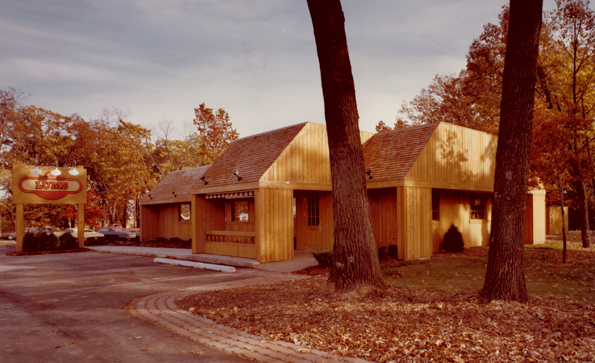
Hot dog purveyor Lum’s had more than 300 locations at one point. The chain was purchased in 1971 by John Y. Brown, then the chairman of Kentucky Fried Chicken, and a group of investors. Only two Lum’s remain today.
Royal Castle and Sambo's
Royal Castle
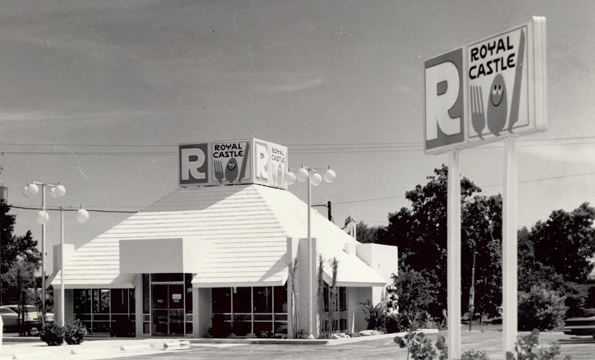
At one time a South Florida staple, burger specialist Royal Castle eventually grew to more than 185 locations. At one point it was owned by Grand Ole Opry star Minnie Pearl. One location still stands.
Sambo’s
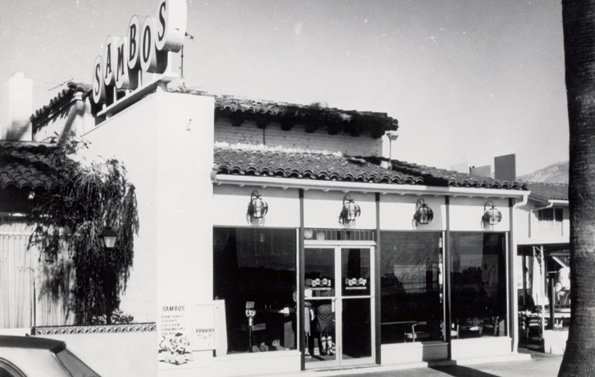
In the early 1980s, full-service chain Sambo’s had more than 1,100 units. But negative publicity over its name, which was associated with racism but was actually a contraction of its two owners’ names, helped to hasten its demise. One unit still operates in California.
Victoria Station and Steak & Ale
Victoria Station
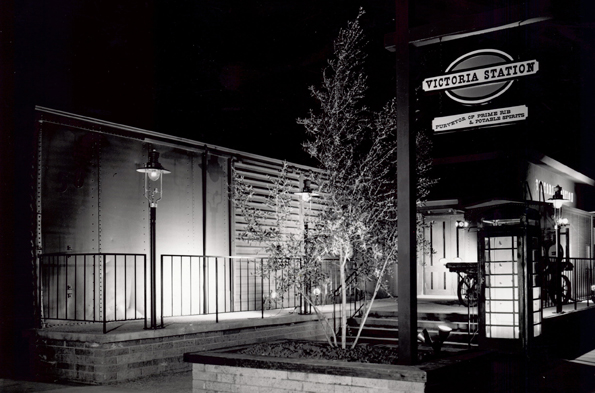
The forerunner of all theme restaurants, the chain fed guests in converted railroad cars. The company had about 100 units at its peak but declared bankruptcy in the 1980s. One location still stands in Salem, Mass.
Steak & Ale
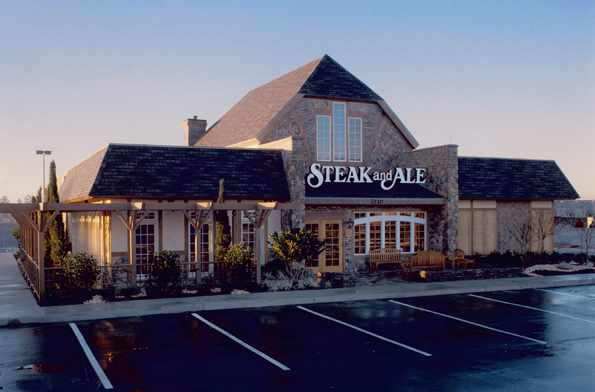
Founded by restaurant impresario Norman Brinker in 1966, Steak & Ale, one of the most influential casual-dining concepts, declared Chapter 7 and closed down all corporate stores in 2008. Atalaya Capital Management said it acquired the company's equity, trademarks and other assets.

